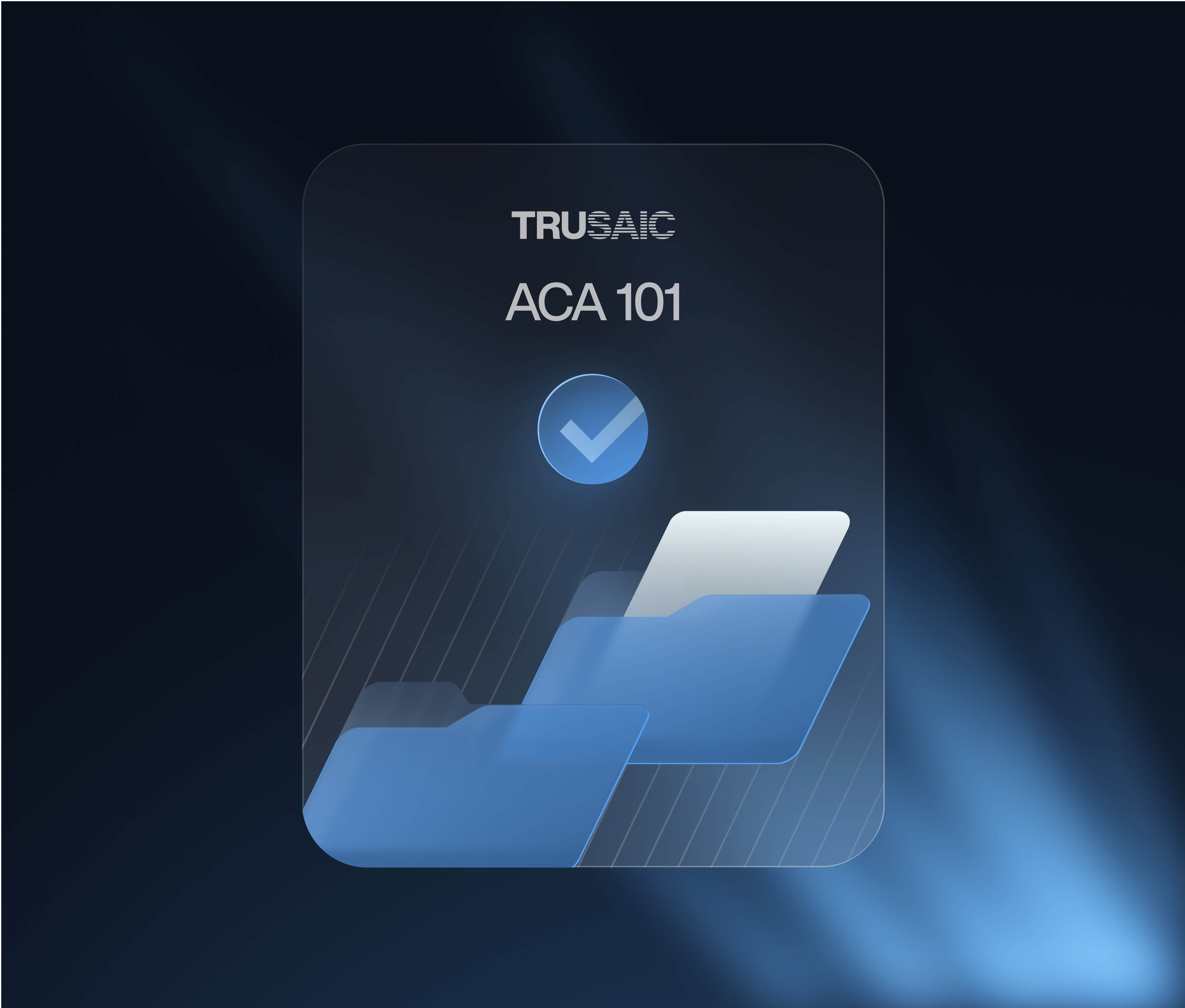For organizations navigating Affordable Care Act (ACA) compliance, the stakes are high. A missed data point, incorrect offer code, or incomplete filing can trigger costly penalties from the IRS. Many ACA vendors claim to offer “full-service” solutions, but when it comes to audit readiness, data accuracy, and integration capabilities, their offerings often fall short.
This blog will explore the most common gaps in competitor solutions and explain why Trusaic’s ACA compliance solutions stand out as the only product truly built to address the complexities of ACA reporting.
The Illusion of “Full Service”
Too often, vendors advertise “comprehensive” ACA compliance but deliver only partial support. Here are some of the most common shortcomings we’ve observed:
1. Static Data Imports
Many ACA vendors rely on manual or static data imports — monthly spreadsheets or CSV uploads that are prone to human error and can quickly become outdated. This approach not only creates inefficiencies but also introduces risk if employee classifications, coverage information, or payroll details change and go unrecorded.
2. Minimal Data Validation
Basic solutions often perform little more than formatting checks, leaving issues like contradictory line codes (e.g., 1H/2C), missing contribution amounts, or misclassified employees undetected. These errors may not be caught until a filing is rejected — or worse, until the IRS issues a penalty letter.
3. Lack of Penalty Risk Analysis
Most vendors don’t offer any proactive insight into potential Employer Shared Responsibility Payment (ESRP) liabilities. That means employers are flying blind, unaware of risks that could lead to six- or seven-figure penalties.
4. No Real Audit Support
Audit support often means little more than re-sending prior reports. Without granular visibility into employee history or documented compliance workflows, employers are left to scramble when the IRS comes calling.
How Trusaic Solves These Challenges
Unlike traditional solutions, Trusaic’s ACA Compliance Suite is engineered to provide employers with confidence, clarity, and control. Our solution is built on five key pillars:
Seamless, Bi-Directional Integrations
We don’t rely on spreadsheets. Our system integrates directly with top HCM, payroll, and benefits platforms — including Workday and UKG Ready — to ensure data flows in real-time. This eliminates the need for repetitive manual updates and ensures consistent, accurate information across systems.
What it means for you:
- Up-to-date employee classifications
- Accurate offer of coverage data
- Reduced administrative burden
Time-Series Database for Historical Accuracy
While other vendors overwrite employee data with each monthly import, our solution leverages a time-series database that captures data snapshots over time. This historical tracking is crucial for:
- Accurately determining full-time equivalency
- Maintaining audit-ready records
- Managing employees transitioning between EINs
You get a true record of eligibility decisions and compliance actions — critical if you ever need to defend them.
Real-Time Validation and Error Detection
Trusaic’s platform includes hundreds of automated checks that flag:
- Missing plan start month entries
- Invalid characters or name length issues
- Missing or contradictory Line 14 and 16 codes
- Incorrect or absent Line 15 contribution amounts
We don’t just identify errors — we help you fix them before submission.
Penalty Risk Assessment Tool
Our proprietary Penalty Risk Assessment tool gives you real-time insights into potential ESRP liability before you file. This allows you to take corrective action early — adjust affordability, correct misclassifications, or revise offer codes — and avoid penalties altogether.
Other vendors may notify you of an issue after the IRS has. We notify you before.
Expert Audit Support
If you receive a Letter 5699, 226J, or 972CG, Trusaic provides full support — helping you understand the notice, prepare documentation, and respond with confidence. Because we store a complete, time-stamped record of your ACA compliance efforts, we can demonstrate that you met your obligations.
What to Ask Your Current Vendor
To ensure you’re not at risk, ask your vendor:
- Do you offer bi-directional integration with my payroll and HRIS?
- Can you identify and correct penalty risks before filing?
- Do you store time-based snapshots of employee data?
- What does your audit support actually include?
If any of the answers are “no” or unclear — it may be time to switch.







